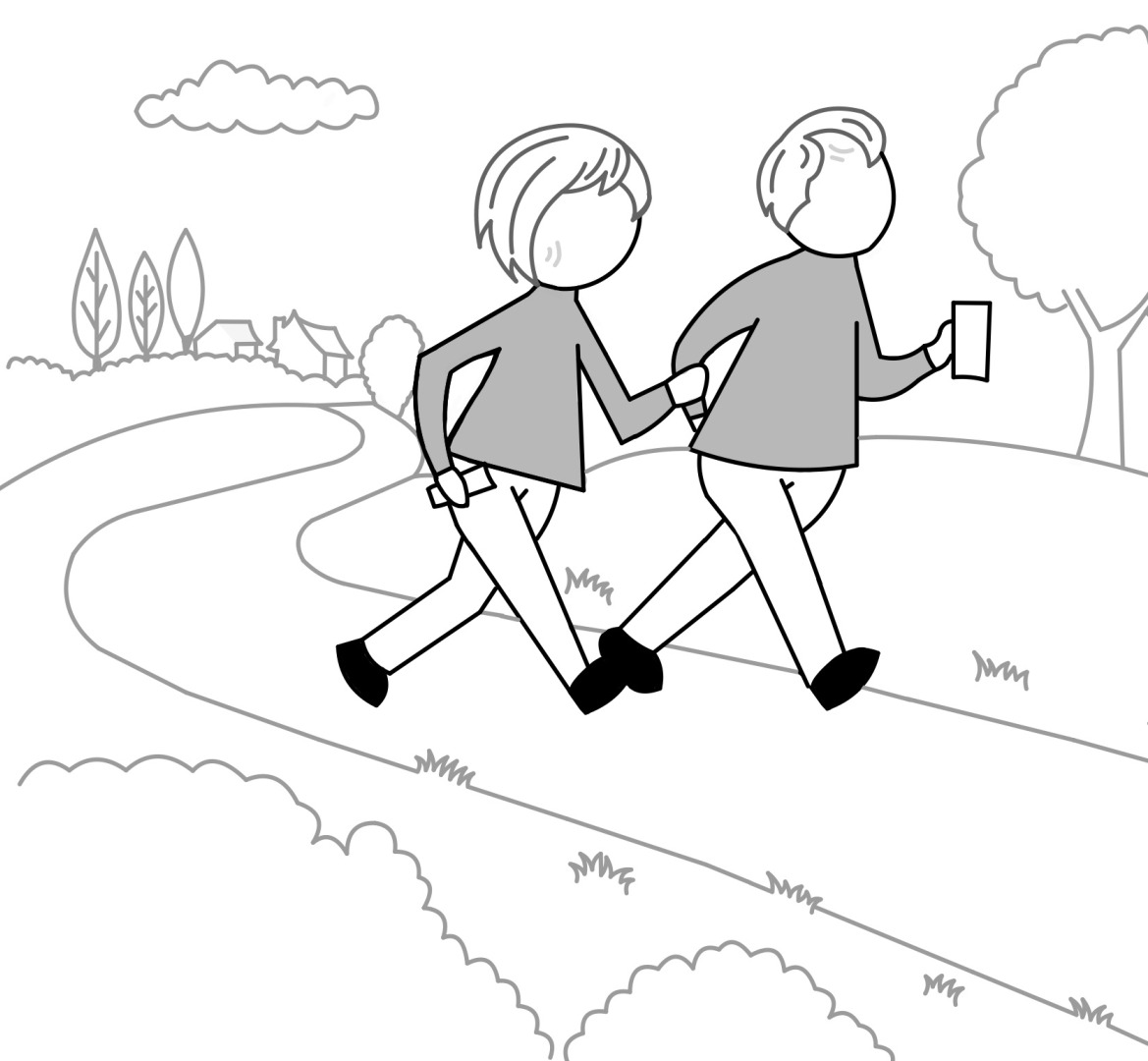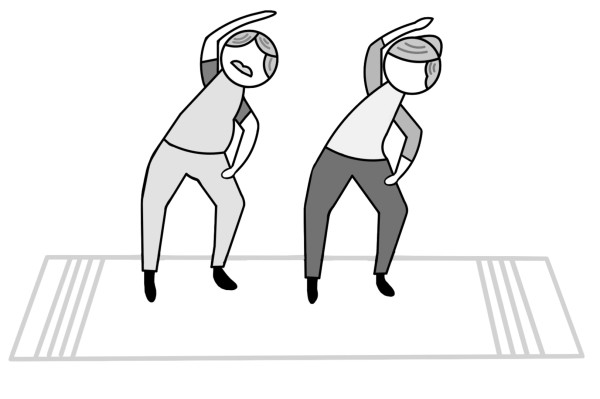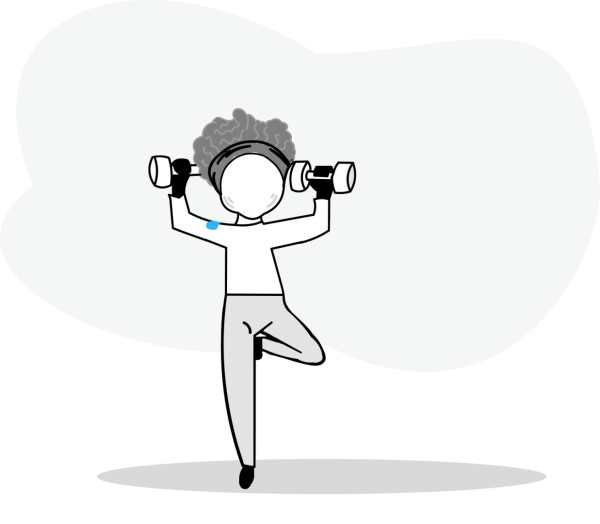Staying active is safe and beneficial for older adults, especially those with diabetes. Moving your body helps you stay healthy, manage blood glucose levels, and feel better overall. The great thing is that physical activity can fit into any lifestyle, including those with limited mobility or other chronic conditions. Whether it's a gentle walk or a strenuous workout, there is something advantageous (and enjoyable) for everyone
Why is Exercise Important for Older Adults?
Exercise can help to:
-
-
-
- Reduce stress
- Improve heart, muscle, and brain health
- Boost mood and energy
- Keep a healthy weight
- Improve sleep
- Improve blood pressure and cholesterol
- Manage blood glucose levels
- Sharpen memory and thinking
- Improve balance and flexibility
- Lower the chance of falls
- Reduce pain and stiffness
- Stay independent
-
-

General Exercise Goals For Older Adults
Try to do this each week:
Aerobic Activity: at least 150 minutes or more of moderate-intensity exercise (like brisk walking) OR at least 75 minutes of vigorous-intensity exercise (like bicycling faster than 10 miles per hour) OR A mix of both
Strength Training: at least 2 times a week (lifting weights or body exercises like squats)
Balance Activities: Practice standing on one foot or doing yoga
Break up sitting: Stand up, stretch, or take short walks throughout the day
Tips for Older Adults Exercising with Diabetes
Older adults with diabetes should follow recommended guidelines for all adults with diabetes, including type 1 and type 2 (for more information, see our Guidelines for Exercise page), while balancing general activity guidelines for older adults (for example: adding in strength training and balance activities)
- Check blood glucose levels before and after exercise
- Drink water before, during, and after exercise
- Wear good shoes and socks to prevent foot problems
- Watch the weather and stay indoors if it's too hot or cold
- Wear a medical ID to let others know you have diabetes
- Go slow, and start with light exercises and build up gradually
- Track your progress. Fitness watches can help, and some have fall alerts
- Talk to your doctor and check in before starting a new workout routine

Ways to Get Moving
There are many activities that can help you reach your goals. Here are some ideas that work for different fitness levels and ages. Whether you’re just starting or already active, these activities can be changed to match what you need:
-
-
-
- Walking or light jogging
- Dancing
- Yoga or tai chi
- Swimming
- Gardening
- Weightlifting (weights or resistance bands)
- Hiking
- Tennis
- Pickleball
-
-
Why Strength Training Matters
As we get older, we lose muscle and strength. Strength exercises help you:
-
-
-
- Stay strong and active
- Improve bone health
- Boost brain power
- Keep a healthy weight
- Lower blood glucose levels
-
-
Good strength exercises that you may consider trying include:
-
-
-
- Squats (with or without weights)
- Wall push-ups
- Standing on your toes
- Bicep curls (lifting weights or water bottles)
- Step-ups
- Overhead presses
- Knee Extensions
- Pelvic Tilt
-
-
Video Examples:

Preventing Falls
Falls are common as you age, especially with diabetes. Here are some ways to stay safe:
-
-
-
- Balance exercises: Try yoga, Pilates, or water aerobics
- Strength training: Build muscle to stay steady
- Mind your feet: peripheral neuropathy can increase fall risk
- Vision and joint care: See your doctor to keep vision and joint health in check
-
-
Stay Safe and Active



